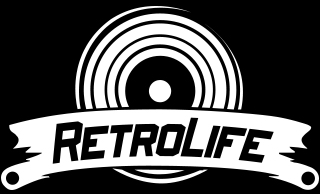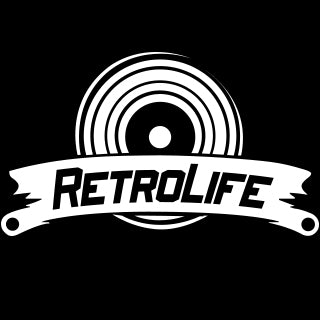The vinyl revival has captured the hearts of music lovers worldwide, and for good reason. A record player is more than just a way to listen to music — it’s an experience that blends rich, warm sound with tactile enjoyment.
If you’re planning to buy a high-quality record player, one of the first choices you’ll face is whether to go manual or automatic. Both have their advantages, but the right pick depends on your listening style and preferences.
What Is a Manual Phonograph Record Player?
A manual record player requires you to operate the tonearm yourself. That means:
- Lifting the tonearm;
- Placing the needle at the beginning of the record (or desired track);
- Returning it to the rest when the record ends.
Advantages of manual record players:
- Full control: You decide exactly where the needle drops.
- Audiophile appeal: Many enthusiasts believe manual systems offer better sound quality due to simpler mechanics and fewer automated parts.
- Durability: Often built with higher-quality components for long-term use.
Drawbacks:
- Requires more user attention; you must lift the tonearm at the end of a record to avoid unnecessary stylus wear.
- It can feel intimidating for beginners who are unfamiliar with handling vinyl.
What Is an Automatic Phonograph Record Player?
An automatic record player handles tonearm movement for you. With the press of a button, the tonearm automatically lowers onto the record, plays the side, and returns to its resting position when the music ends.
Advantages of automatic record players:
- Ease of use: Perfect for beginners or casual listeners who just want to press play and enjoy.
- Protection: Automatically lifts the tonearm to prevent damage to the stylus or record when playback ends.
- Convenience: Great for multitasking or background listening.
Drawbacks:
- Less control over needle placement, and you can’t easily skip to a specific track without some manual handling.
- More mechanical parts may require servicing over time.
| Feature | Manual | Automatic |
|---|---|---|
| Tonearm control | Full manual placement | Automatic placement & return |
| Ease of use | Moderate learning curve | Beginner-friendly |
| Sound quality potential | Often higher with premium builds | Good, but depends on model |
| Maintenance | Fewer moving parts | More parts may need service |
| Price range | Varies — high-end options common | Varies — more entry-level models |
| Aesthetic style | Often vintage-inspired | Can be vintage or modern |
Which Should You Choose?
- Choose a manual record player if you enjoy a hands-on experience, want full control over your vinyl playback, and appreciate the timeless design of a vintage record player.
- Choose an automatic record player if convenience is your priority and you want to minimize handling the tonearm.
- Consider a semi-automatic for a balance between control and ease.
At Retrolife, most of our products are manual record players. We focus on this style because it offers the most authentic and engaging vinyl experience. Our manual turntables combine high-quality components, classic vintage design, and modern features like Bluetooth connectivity to suit today’s music lovers.
Whether you choose manual or automatic, a high-quality record player adds warmth, charm, and personality to your listening space. Manual models offer an unmatched connection to the music and timeless style, while automatic models provide ease and convenience. At Retrolife, we’re proud to offer a curated range of manual vintage record players for collectors and newcomers alike. Ready to start your vinyl journey? Explore our Back-To-School Deals today and bring the magic of analog sound into your home.

